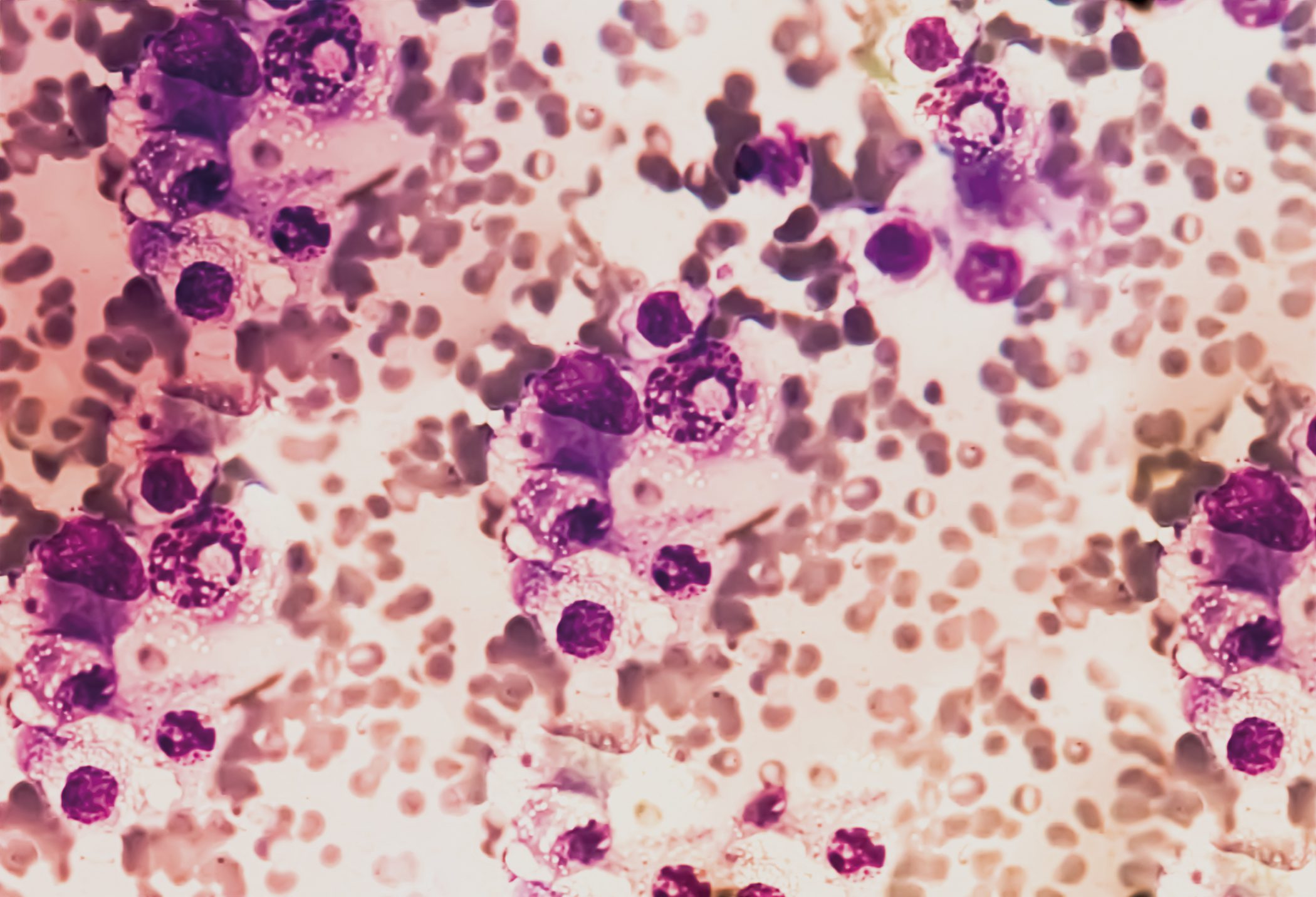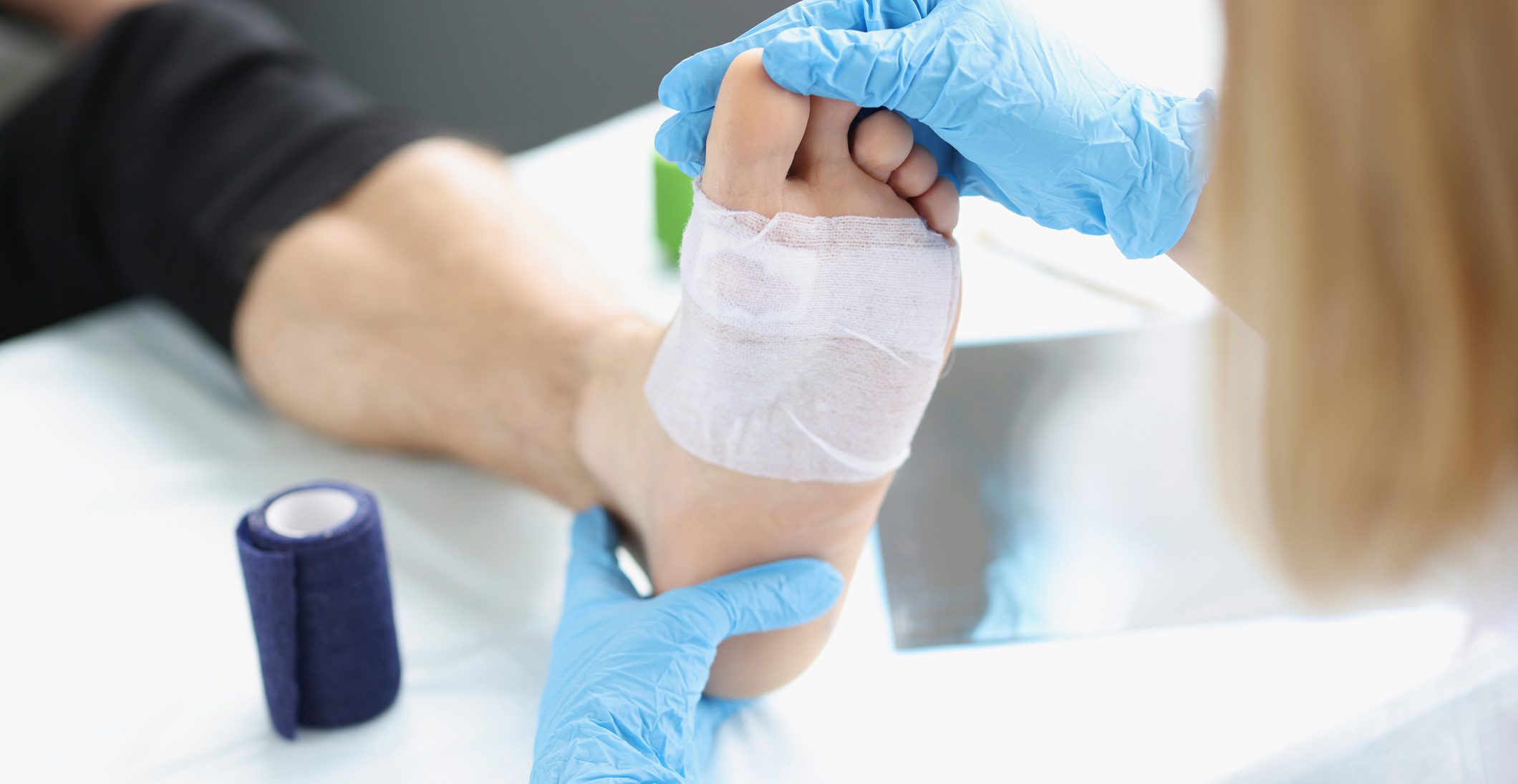Chronic wounds affect up to 3% of patients over 80 years of age. In addition to the great reduction in quality of life, optimal treatment of these patients is also important from an economic point of view, because the long healing period is cost-intensive.
The success of treatment is determined by precise knowledge of the differential diagnosis of chronic ulcers and accurate diagnosis prior to treatment. Especially in the diabetic patient and the severely vasocompressed patient, timely recognition of dangerous situations is also important. In many cases, the diagnosis and treatment of these patients requires the collaboration of angiologists, dermatologists, vascular surgeons, orthopedists, and/or endocrinologists. For this purpose, some wound treatment centers offer interdisciplinary wound visits, in which these patients are seen together by specialists from different disciplines. Especially in the case of wounds that are difficult to heal, this interdisciplinary cooperation can often significantly shorten the healing time.
However, good local therapy also contributes to this, with specially trained wound experts playing an increasingly important role. They support the primary care provider in the almost unmanageable variety of wound treatments offered. However, in order to ensure good management of these patients, it is important that the physicians involved also become familiar with modern wound treatment procedures. The majority of chronic wounds can be brought to healing with standard treatment consisting of tissue debridement, infection control, and maintenance of moisture balance. However, practitioners must recognize early on for which wounds one of the more complex, expensive treatment procedures should be used in order to ultimately save costs. A venous ulcer whose area has not reduced by at least 40% after four weeks of treatment will most likely not have healed after six months. In these cases, surgical treatment of the wound or a more complex treatment procedure can be used at an early stage. For skin substitute procedures, for example, the Swiss Society for Wound Treatment (SAfW), together with the Swiss Society of Dermatology and Venereology (SGDV), has drawn up guidelines on the situations in which these expensive procedures should be used in a cost-effective manner (www.safw.ch).
In this sense, wound care is not only a classical interdisciplinary field of medicine, but can also be maintained as an interprofessional field according to today’s understanding.












